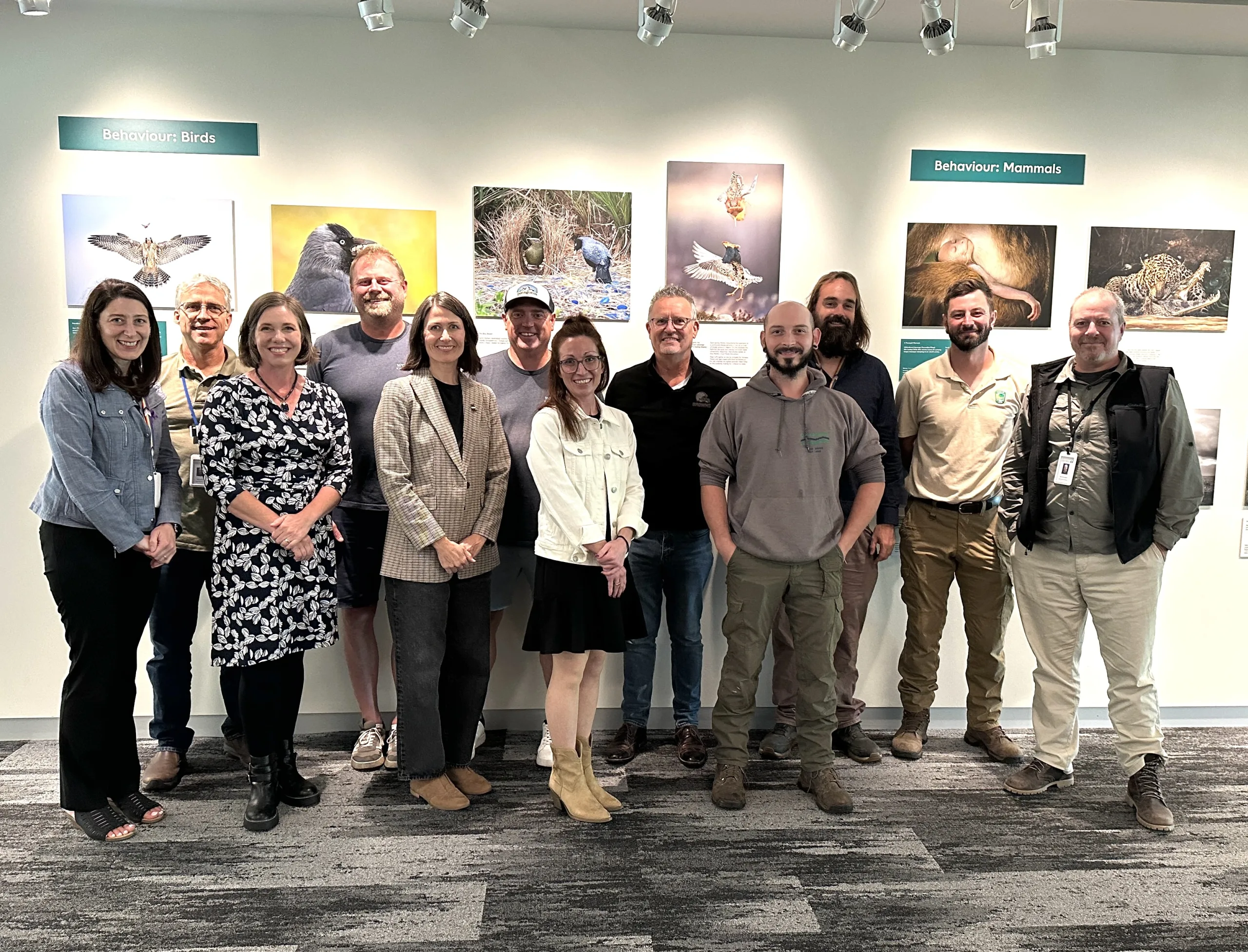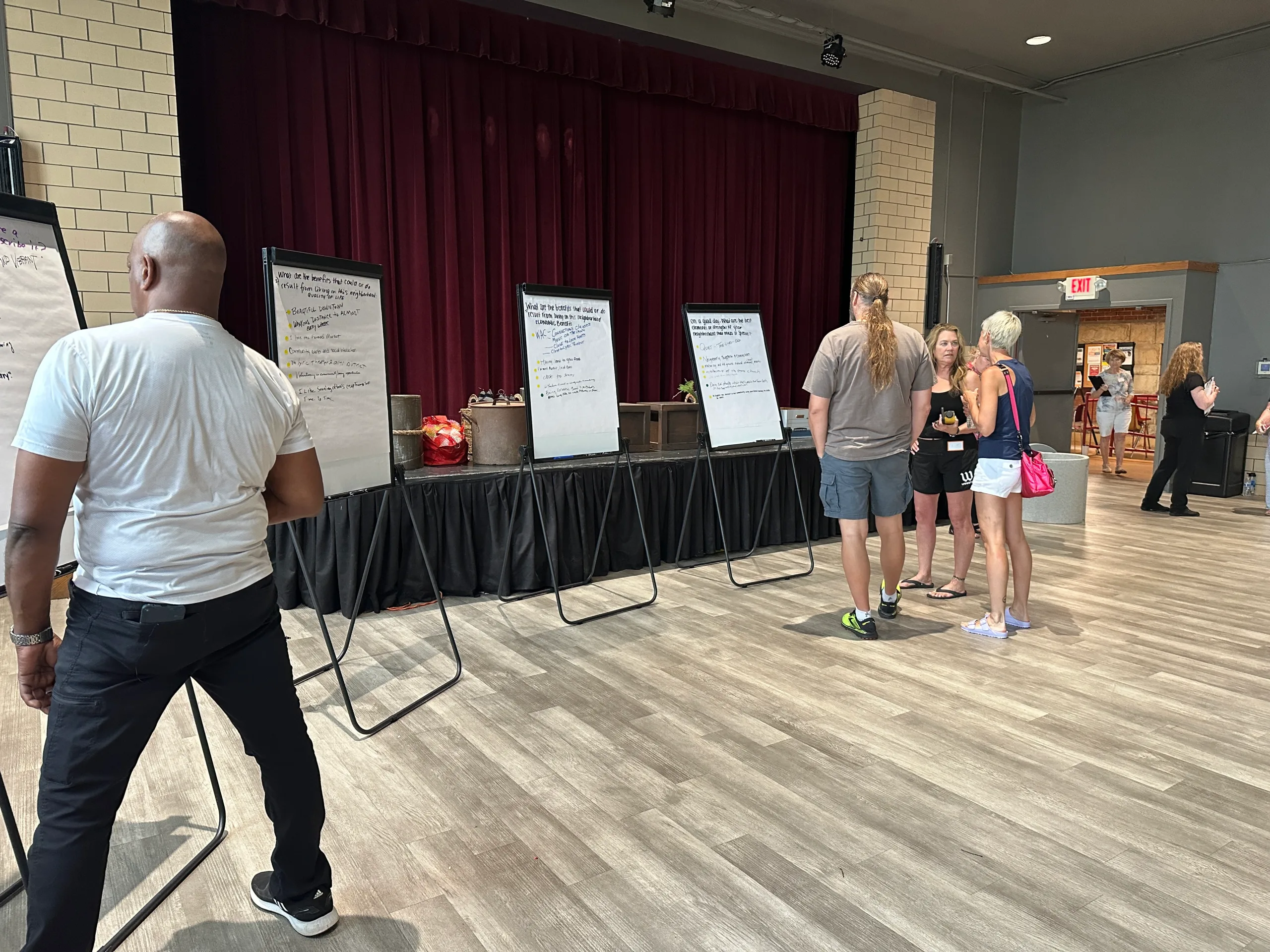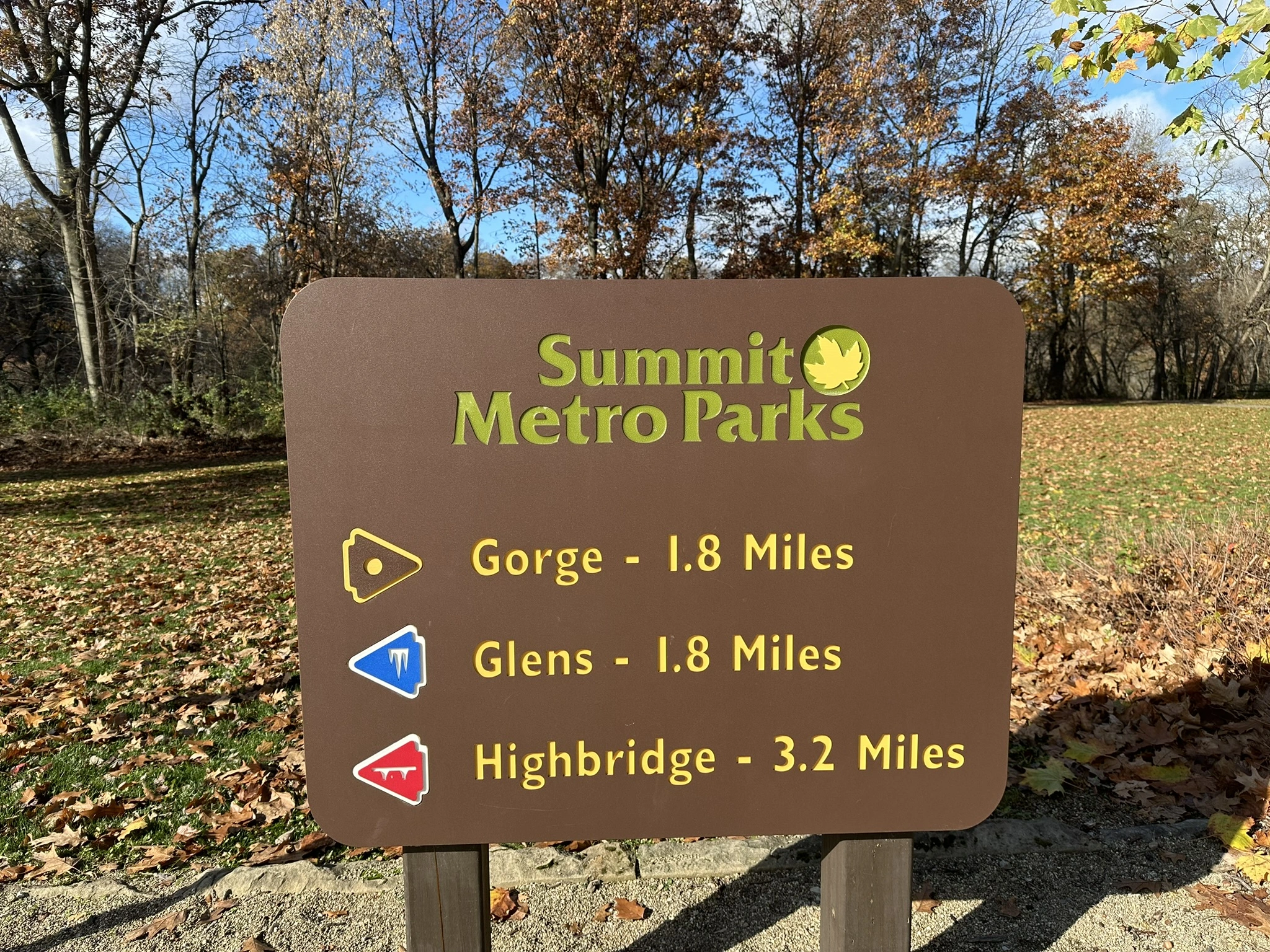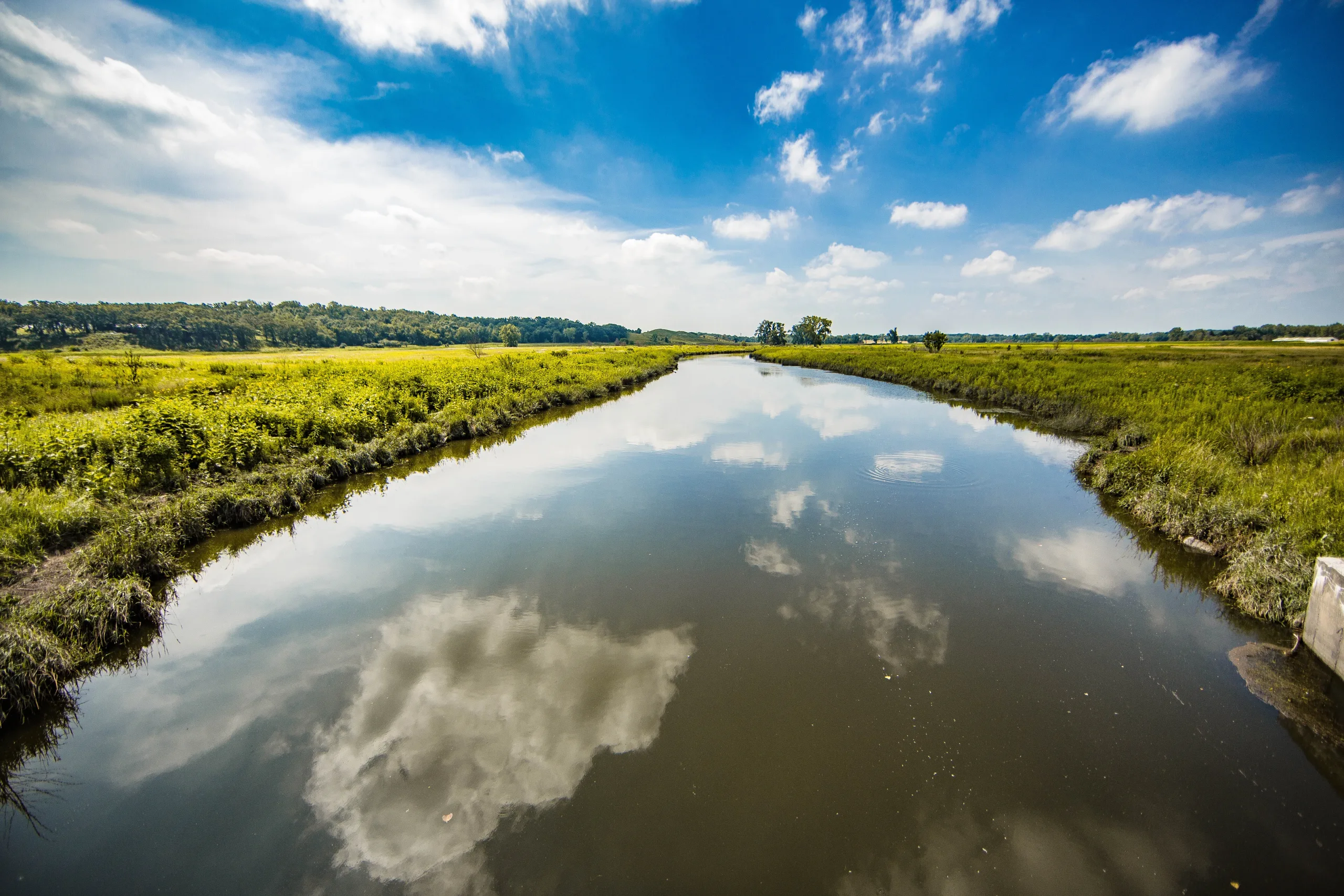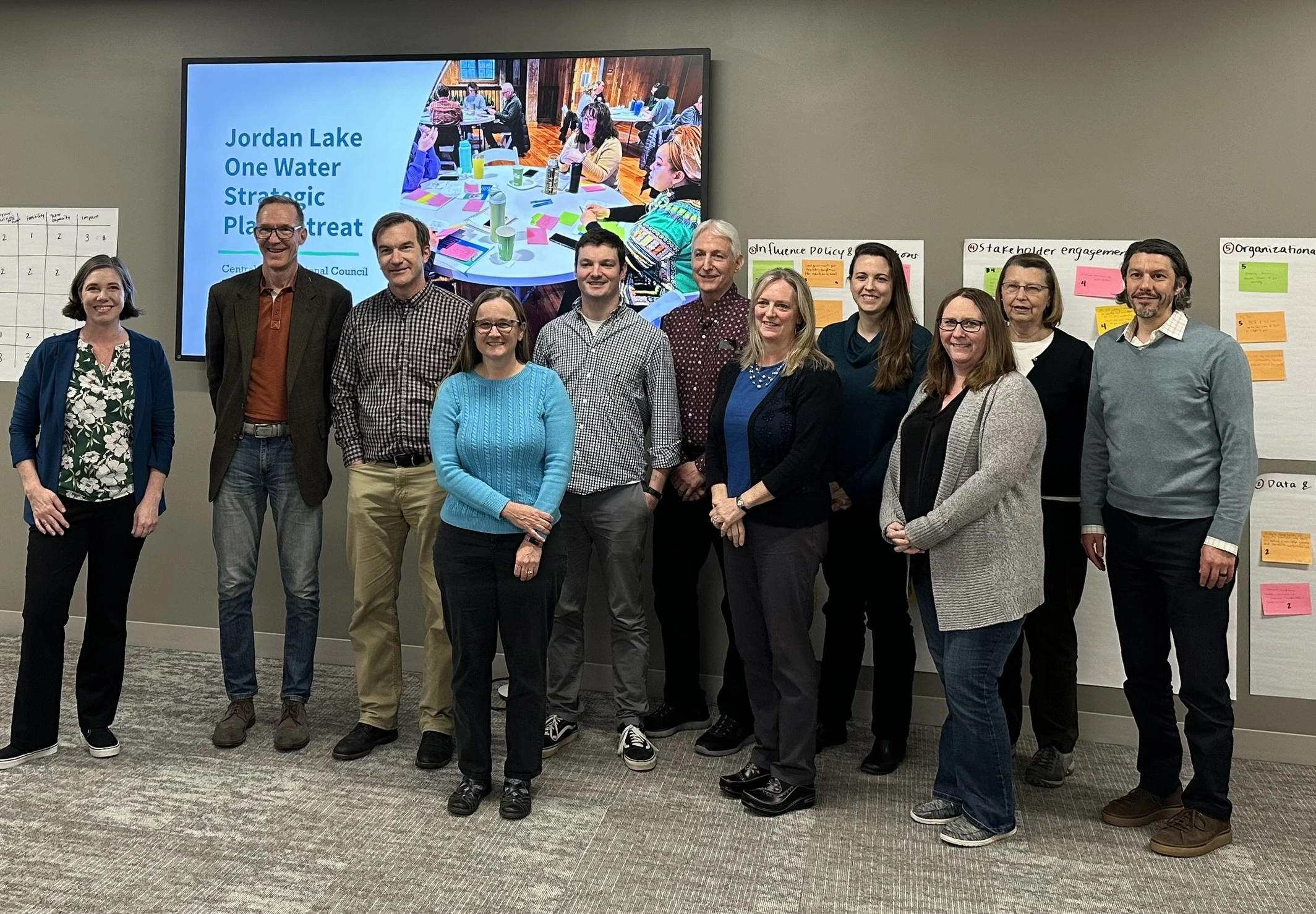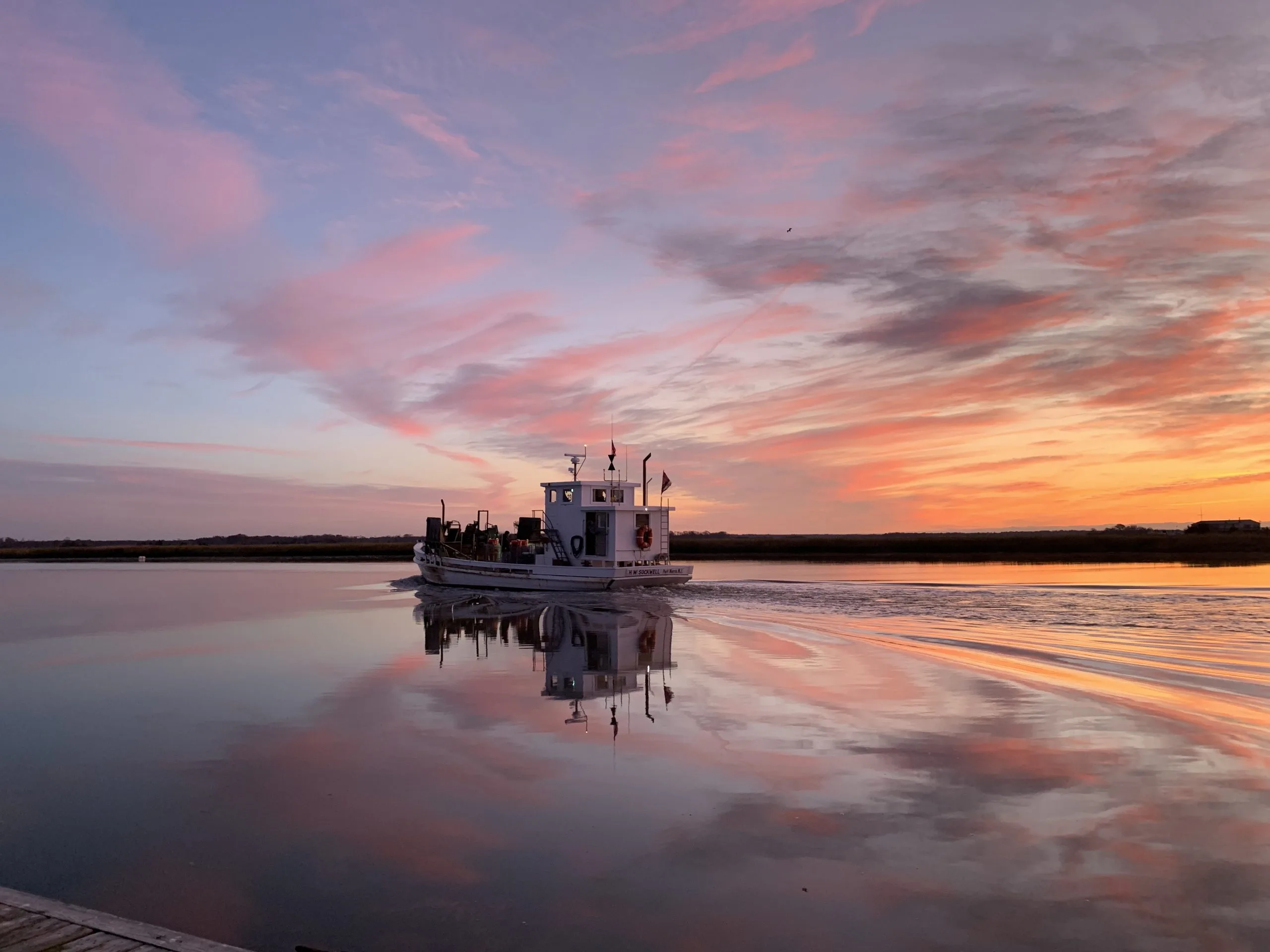
Photo by Meghan Wren
Project Summary
Ecosystem services benefits are quality of life improvements provided by natural systems (such as forests, wetlands, meadows, and rivers), resulting in a positive impact to people. Conservation organizations in the mid-Atlantic states were increasingly seeking to leverage ecosystem service benefits to incentivize expansion of coastal conservation projects. The pool of evidence was growing that demonstrated that oyster reefs provided clean water and fish habitat, and that benefits from salt marshes include flood risk reduction to homeowners, improvements to commercial fisheries and increased recreational opportunities.
However, many crucial data gaps existed; for instance, salt marshes can reduce flooding but how does the effect differ between large storms and small nuisance flooding events? How close does the salt marsh need to be to the affected homes? How does habitat quality impact the function of the salt marsh? Guidance was needed for conservation organizations to be able to monitor the effectiveness of coastal habitats in providing benefits to people.
To meet this need, we wrote the comprehensive Guide to Incorporating Ecosystem Service Valuation into Coastal Restoration Projects, which was the first of its kind, peer-reviewed by over a dozen experts. The Guide targets conservation organizations and government agencies engaged in coastal restoration projects, walking them through the process of how to measure the benefits to people. The goal of the guide was to provide this information to build capacity so that in five years, there was more data on the ecosystem service benefits.
The National Oceanic and Atmospheric Administration (NOAA) has the guide listed on their website; NOAA has recommended the guide during their trainings; and NOAA has also recommended the metrics table in their guide as part of their funding application process.
Refer to the full guide here.

